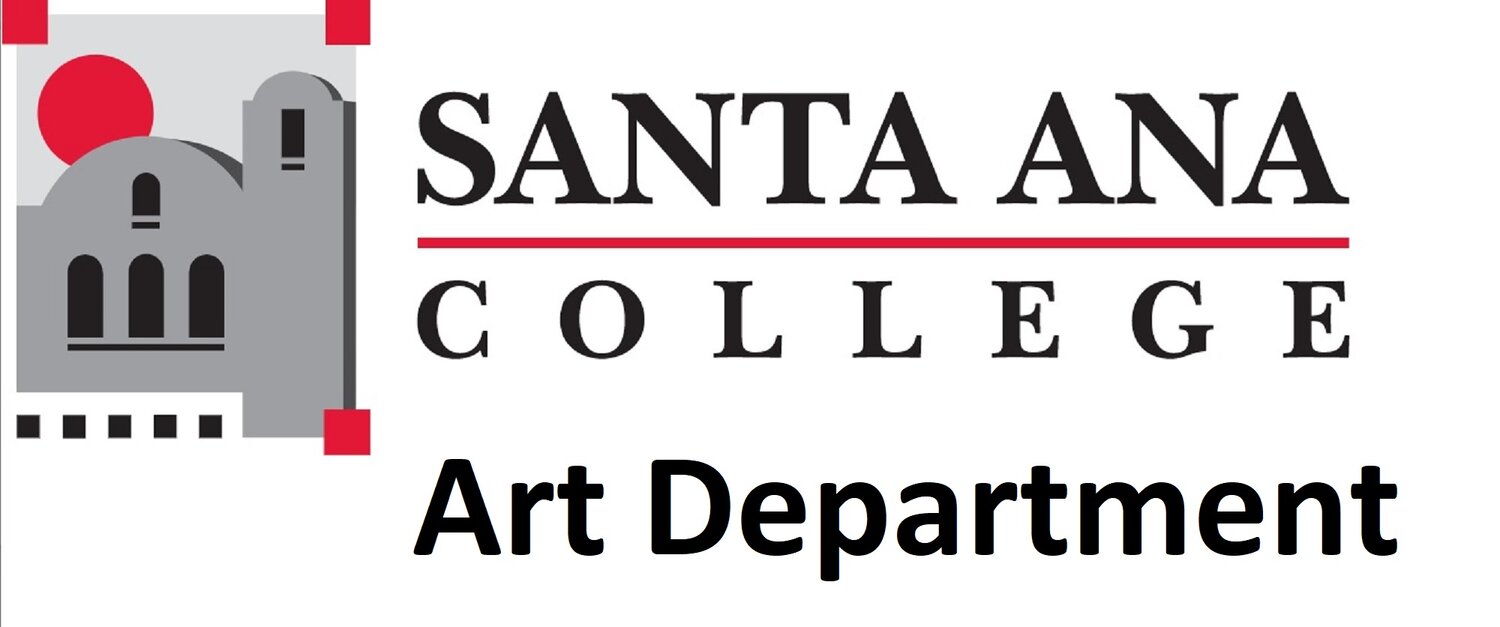

BIO:
elin o’Hara slavick is Artist-In-Residence at the University of California, Irvine and has
exhibited internationally. Her work is included in many collections, including the Queens
Museum, The National Library of France, The Library of Congress, the Nasher Museum, and the
Art Institute of Chicago. She is Professor Emerita, University of North Carolina, Chapel Hill and
was the Huntington Research and Art Fellow at Caltech in 2022. Author of two
monographs, Bomb After Bomb: A Violent Cartography and After Hiroshima, and a chapbook of
surrealist poetry, Camermouth, her writings and images have been featured in The New
York Times, Los Angeles Times, FOAM, San Francisco Chronicle, Asia-Pacific Journal,
and Photo-Eye, among other publications. She is also a curator, critic, poet, and activist.
Started in 1999, Bomb After Bomb: A Violent Cartography (the artist’s first monograph,
STATEMENT:
Started in 1999, Bomb After Bomb: A Violent Cartography (the artist’s first monograph,
CHARTA books, 2007, with a foreword by Howard Zinn), is a series of drawings of places the
United States has bombed. The ones on view were selected due to their atomic nature - from
nuclear tests in the U.S. and abroad to the dropping of two atomic bombs on Japan - Little Boy
on Hiroshima and Fat Man on Nagasaki.
One common formal element is that each one begins with ink or watercolor dropped onto
wet paper like bloodstains on damp clothing. When it dries this becomes the foundation upon
which to tell a violent story. I use this ground of abstract swirling or bleeding to depict the way
bombs do not stay within their intended borders. Depleted uranium and chemical agents
contaminate the soil, traveling in water and currents of air for decades. Mines and unexploded
bombs lay in wait for unsuspecting victims who were not even alive during the war. Bombs lay
the groundwork for genocide, cancer, more war, terrorism, widows, orphans, and a vengeful
populace on all sides of conflict.
The drawings are relatively abstract to reach people who might otherwise turn away from
realistic depictions. People approach abstraction with fewer expectations and defenses. I chose
the aerial view to align myself, as an American, with the pilots dropping the bombs, even though
I would not drop them. As a photographer aware of the military’s use of the aerial view that
flight and photography provide, using the aerial view seems like the natural choice. I utilize
surveillance imagery, military sources and battle plans, photography and maps, much of which is
from an aerial perspective.
I chose drawing because of my ongoing struggle with the problematic nature of
photography. While the drawings are not photographs, they are photographic. Many of them are
drawn from photographic sources and most of them are from an aerial perspective that is
inherently photographic. I hope that if I labor on a series of drawings in which the artist’s hand is
visible, that people will work to understand them on a deeper and more complicated level than
they might when seeing a photograph. Inspired and informed by documentary photographs and
violent maps, I want to convey the unsignifiable, to offer a protest against meaningless, to do
something in the face of so much destruction.
I made 60 of these drawings and when they are all exhibited together, it is a dizzying
experience: history comes all mixed up together, Korea beside Germany, Hiroshima next to
Kosovo; utter disbelief and shame that “we” have bombed so many places and, yet the series can
never be completed. There is always another war.
